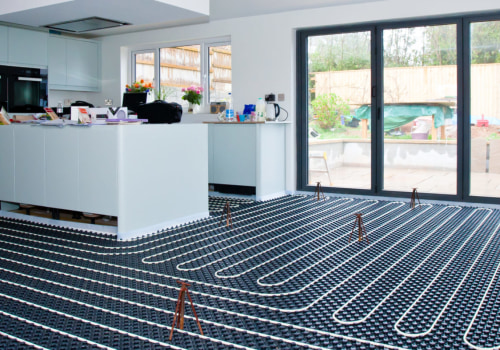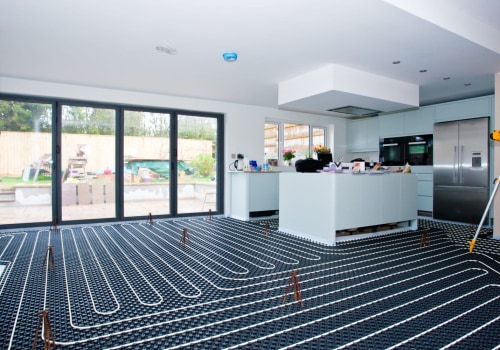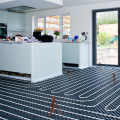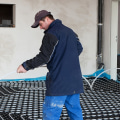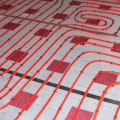Underfloor heating should be turned off 48 hours before laying and 48 hours after, before gradually bringing it to full working temperature for 7 days. Check that the adhesives used to fix the base are suitable for use at normal operating temperatures of underfloor heating. In short, yes, however, it depends on the season. If you have a wet underfloor heating system, your room is heated by thermal conductivity.
This means that water pipes transfer heat to a hearth subfloor, which then transfers it to all corners of the room. When the heating is turned on for the first time, the energy moves in two directions: lateral and vertical. Therefore, it may take 2-3 hours for your system to reach the required heat in a medium-sized room, from the cold stone. Each system comprises a network of heated pipes or cables that are placed directly under the floor, transforming the entire surface into a radiant heat emitter.
Time and temperature can be controlled by a programmable thermostat that connects to the heating system. The only thing I can think of is that they are divided into separate zones and one receives more heat than the other. Without keeping it at a low temperature, trying to heat it every time you use it would take a while, as you will have to heat the screed and tiles (or other floor) every time. This is because, as the house gets hotter and warmer, the heating does not need to continue to work so hard.
In a renovation project, taking as an example an average Victorian terrace with an area of 60 m2 on the ground floor, the custom-made LoPro10 system from Nu-Heat (a low-profile configuration designed specifically for renovation projects), the cost would be higher in the region of £4,000 (about £65 per m). for the same pipe length, the heat would be evenly distributed (with a small loss at the end of the run if the room is especially large). You need to understand how underfloor heating works and what are the best ways for each type for your home. This is the largest and most complicated underfloor heating system you can install in your home and it will be the most durable.
The best idea to maximize the results of your heating system is to have 2 on-times with a comfort temperature and 2 turn-off times with setback temperatures that are normally 4°C lower than your comfort temperature. Once the water in the pipes of a water-based underfloor heating system is heated, the water retains this heat for a longer time. You will need to make sure that the house is completely insulated and that the floor space is open enough for the underfloor heating to work properly. Insulation is very important for any underfloor heating system, but unfortunately, it is often an overlooked part of the installation process.
Before you turn on the underfloor heating for the first time, you must follow the instructions of the flooring or adhesive company for the drying time. When using floors such as laminate, you can turn on the underfloor heating system as soon as possible.


